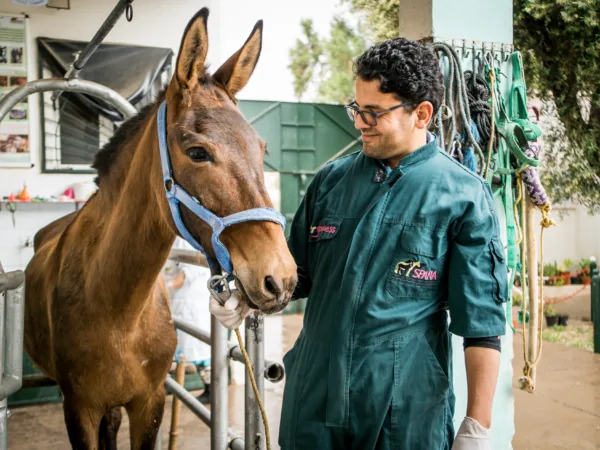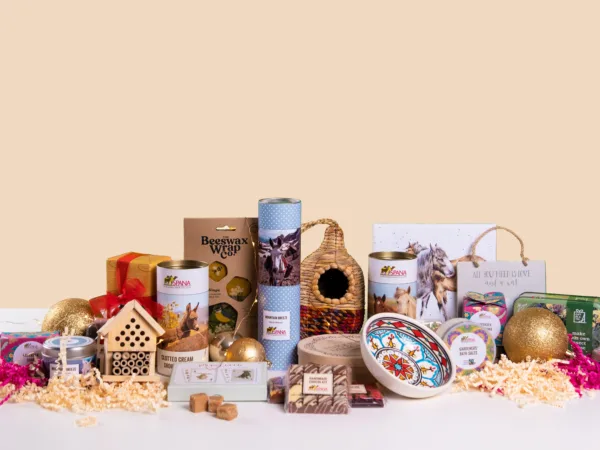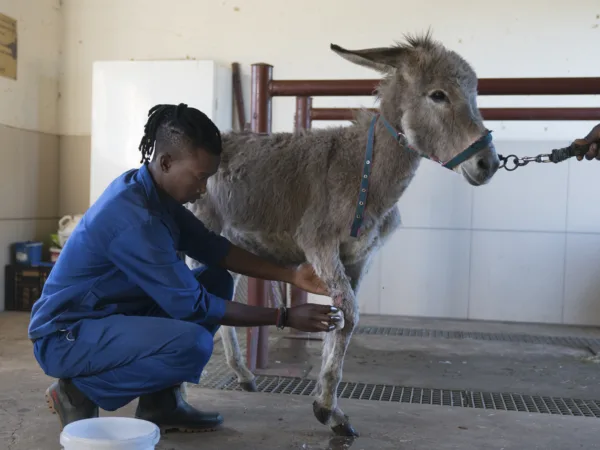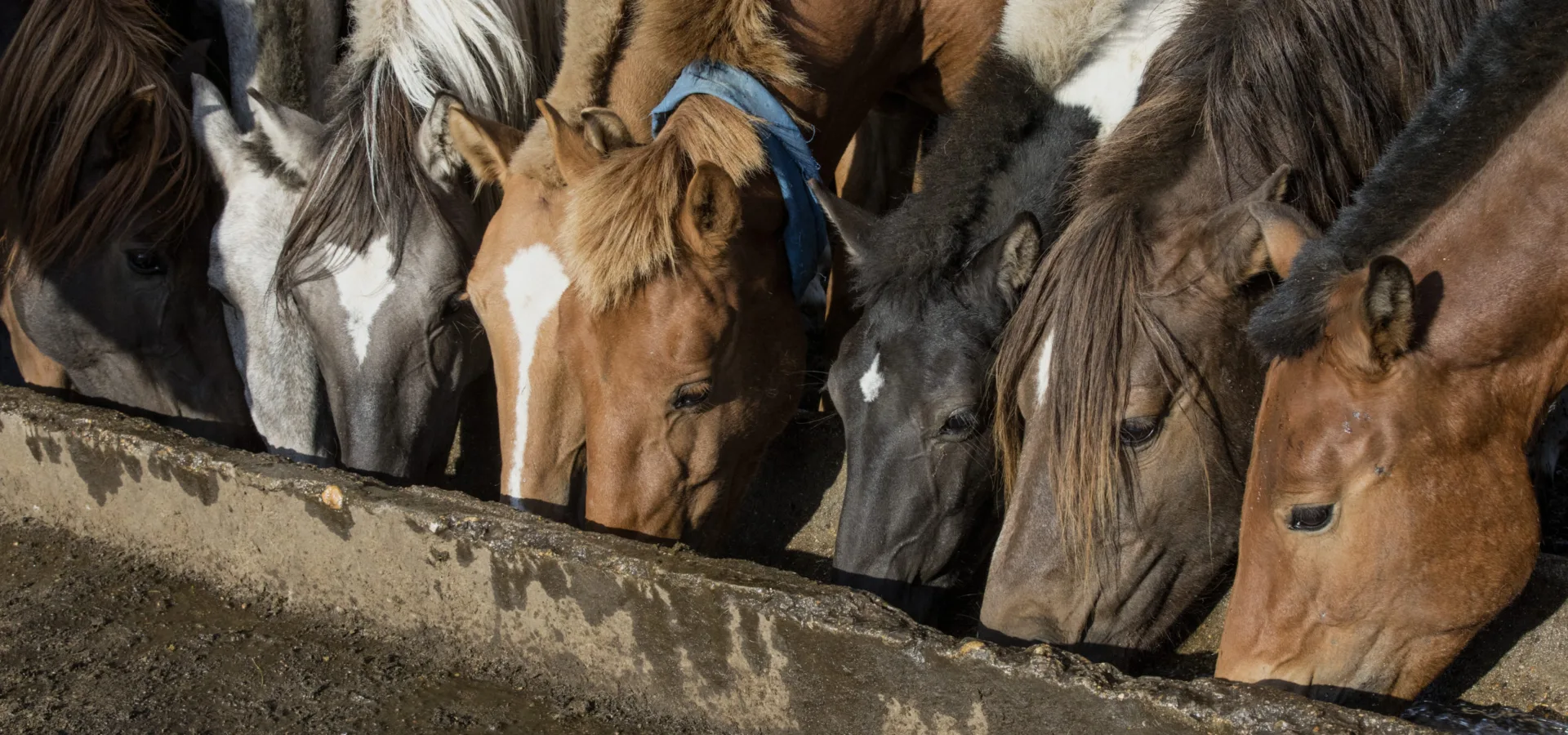
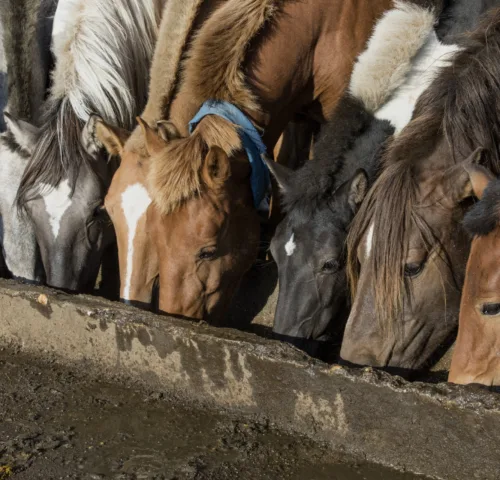
The Most Popular Breeds of Horse
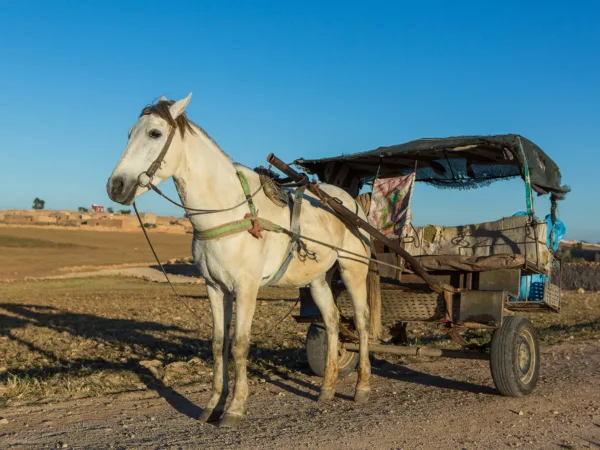
There are many different types of horses out there – hundreds in fact – and many breeds have been selectively bred by humans for different purposes, such as for sport or for working. Nevertheless, whatever breed you’re looking after, it’s important to know how to look after a horse and cater to its individual needs before you get one.
Not sure what type of horse to go for? We’ve put together a list of horse breeds that are the most common in the UK. Most breeds fit into one of the classification systems below, and knowing what size and temperament you’d like helps a lot when choosing a type of horse.
Horse classification systems
Horses are generally put into categories based on their size and blood (temperament).
The size classification system
Light horses are usually 14.2 hands at the withers or taller, normally weighing 900 to 1,400 pounds. Light horses are usually used for riding, racing and driving, and can reach great speeds.
Draft breeds of horses, sometimes known as ‘heavy’ horses, are typically breeds standing 14.2 to 17.2 hands high, usually weighing 1,400 pounds or more. Due to their build, they’re usually used for assisting humans with heavy loads.
Ponies stand at less than 14.2 hands and typically weigh between 500 to 900 pounds. They are a lot smaller than light or draft horses and are a great choice for children.
The blood classification system
The blood classification system puts horses into categories based on their temperament. Contrary to what the names suggest, the temperature of their blood bears no relevance.
Coldblooded horses are particularly calm, strong and placid. They were bred for agricultural work and aren’t suitable for sporting purposes. All draft breeds are coldblooded.
Warmblooded horses are typically known as ‘middleweight’ horses that have temperament characteristics of both cold and hotblooded breeds. They are hardworking, intelligent, powerful and adaptable.
Hotblooded horses are speedy, passionate and bold. They are quick learners which is why they are chosen for sporting purposes. Due to their excitable nature, they can be easily spooked and upset when faced with new situations.
Types of horses
There are hundreds of breeds of horses that have evolved and developed over thousands of years. Below are some common horse breeds in the UK that you are likely to encounter.
Thoroughbred
Thoroughbreds are another popular racehorse breed and were developed in the 1700s-1800s. All modern thoroughbreds can trace their pedigrees to just three stallions who were imported into England at this time. Known for their speed and agility, this breed is considered a hotblooded horse that is usually used for racing and other equestrian competitions. They can also live purely as companions as opposed to being used for sports.
American Quarter Horse
The American Quarter Horse is famous for its agile, docile and athletic characteristics. These horses excel at sprinting short distances, and so are often used for sporting purposes. The name of the breed is derived from its ability to outrun all other horse breeds in races less than a quarter of a mile.
Arabian
This type of horse has been around for more than 3,000 years and is the oldest registered breed. The Arabian horse originated on the Arabian Peninsula and is one of the most recognisable breeds in the world. They are known as elegant, intellectual and spiritual horses that are particularly hardy as a result of the harsh desert climates where they evolved.
Appaloosa
Unique in appearance, the Appaloosa breed was created for hunting and battle purposes by a group of Native Americans. The breed is supposedly a mix between wild horses, the American Quarter Horse and the Arabian. The outcome was a very adaptable, hardy horse that makes a good herder, as well as a great choice for riding.
Draft horses
A number of breeds fall into the category of a draft breed, including the Clydesdale. Draft breeds are coldblooded horses – known for their calm temperament. They are heavy and best used for agricultural work. Throughout history, draft breeds have been used in battle because they aren’t easily frightened and, thanks to their thick coat, can endure harsh weather. It’s important to note that these breeds can make ideal horses for a first-time owner, as although large in appearance, they are loving and laidback.
Ponies
Ponies are slightly smaller than other types of horses, so they are a good choice for children or first-time owners. A pony is typically a horse that sits below 14.2 hands when fully grown. The Shetland pony may be the best-known breed and is again a very popular choice for children. They are generally regarded as friendly and intelligent. The Welsh section A, or Welsh Mountain Pony, is also one of the most popular breeds, particularly for children and small adults.
Grade horses
Grade horses are born of no particular breeding, so don’t have the same genetic makeup as a purebred would. This can put many people off, as they are unsure of their temperament or abilities. However, grade horses can be just as loyal, intelligent and friendly as any purebred, plus they are less likely to carry genetic diseases.
In addition to the breeds mentioned above, there are a range of other breeds that are popular in the UK, such as Friesian and Andalusian horses.
In non-Western countries, such as Ethiopia, you may find that the most popular breeds differ from those you see in the UK and other Western nations.
Many people in the world’s poorest communities rely on working horses to help provide a small income and survive. SPANA works in low-income countries across the world to ensure that horses and other working animals receive the vital veterinary care they need. Our teams also provide training to owners in animal care to ensure that the basic needs of animals are met and that their welfare is improved. You can support our dedication to helping working animals throughout the world by reading about what we do, telling friends and family about our work, and donating, if you can.

